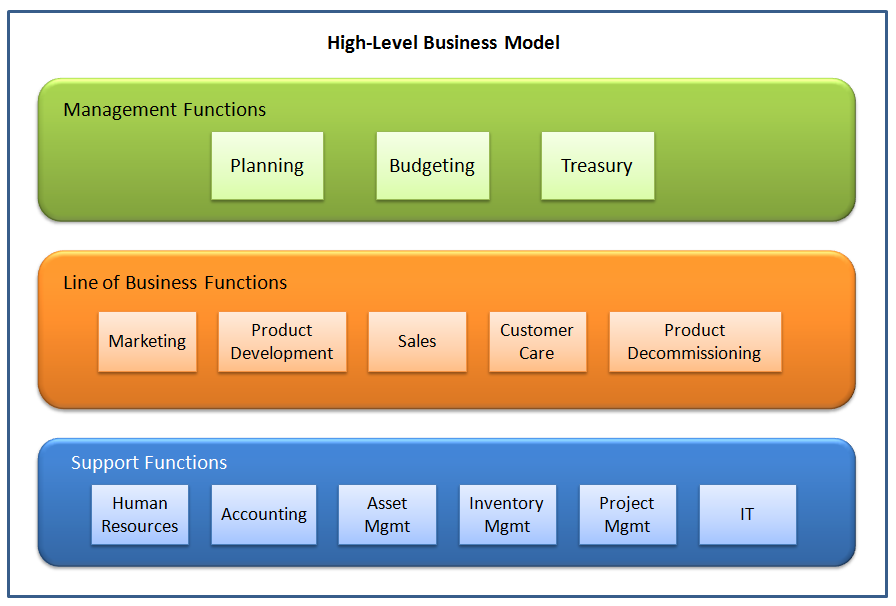5 Challenges for the Business Analyst on a Hybrid Project
Agile has become a common methodology used in many projects, and it’s being used more often. Experts agree that the future is not agile or another methodology, waterfall, but a hybrid of the two.1
Hybrid projects combine methodologies in an effort to use the strengths of both and minimize each of their shortcomings. Implementing a successful hybrid project means needing to have experience with both.
I will give two examples where a hybrid approach will work.
A large project with both hardware and software components can use a hybrid methodology: waterfall for the hardware component and agile for the software component.
Related Article: 5 Lessons From Working With Agile & Waterfall
A second example is a more challenging one: a complex software project where the GUI is created using agile and waterfall is used for feature development.
Hybrid projects strain most of the team members, but it affects the business analysis team more because they have to keep track of everything being developed.
The hybrid project examples from above may be regarded as the separation of church and state. Using waterfall on a hardware part and agile on software part is not difficult, and most likely the BA teams will be separate anyway. “True” hybrid projects are rare, but they will apparently become a reality. By “true” hybrid project I mean a software project where different features are developed using both methodologies at the same time.
In my opinion, there are 5 main challenges a business analyst faces working on a “true” hybrid project:
1. What goes where
Knowing which part of the project will be done using waterfall and which using agile can be complicated. Waterfall tasks can be hardware implementation, application security features, enterprise business architecture, and critical core features. The agile tasks might be GUI design or business features which can change.
Determining what goes where should be set from the beginning of the project. Problems may arise later on if this isn’t done. When issues appear during the project, they should be discussed with the project manager and any other senior members of the team and an informed decision made about which feature goes where. It shouldn’t only be up to the business analyst to decide.
2. Requirements prioritization and integration
In a hybrid project, feature prioritization may be extremely difficult. The business analyst has to take into account which features will be developed using waterfall, meaning they will be delivered towards the end of the project.
Some features developed with agile might be dependent on the previous ones, and they should be rescheduled toward the end of the project if the prior deliverable is developed in waterfall.
Requirements integration is also challenging because of the same issue: some features will be delivered at the end, others before.
3. Requirements description and documentation
Requirements description is different in level of detail in both methodologies. On a hybrid project, the business analyst must be prepared to do both: requirements for the waterfall part and requirements for the agile one. The problem that might arise is the gap in documentation. Some features will be more detailed (the waterfall ones) and some more high-level (the agile ones).
I think that the most discrepancy will be in the testing documentation because in waterfall the test cases are developed in the analysis phase for all the features. In agile, the test cases are developed for every use case, in every iteration. This means that the application testing will be very difficult overall.
4. Trace / Identify missing requirements
Tracing requirements and, most importantly, identifying missing ones will be challenging. A common mistake is assuming that a certain feature will be developed in waterfall, meaning later on in the project, and business analysts might move on with other tasks.
Another problem is identifying missing features due to fragmented analysis. Some requirements were taken in the waterfall phase and others during agile sprints. Naturally some requirements might be overlooked and never developed. A common requirements matrix must be maintained regardless of the methodology used to develop the feature and business analysts must be involved in both stages of the project – and not have business analysts for agile and business analysts for waterfall.
5. Communication and collaboration
In any project, communication is very important, but in a hybrid one, it’s the difference between failure or success. The BA’s role must be regarded more as a facilitator for the team. The BAs will have an understanding of all the features being developed project-wide, regardless of the methodology, and they will be in a unique position to mediate misunderstandings, provide clarifications, and even help the team understand why a certain feature should be developed using certain methodology.
Personally, I think that “true” hybrid projects are still a long way to go and that most of the hybrid projects will isolate the agile and waterfall methodologies. I think this situation will last for a few years because there are still companies struggling with agile. Companies implementing agile projects still struggle to understand that a business analyst has an important role to play in an agile project and that this role is not obsolete.
Do you think it is feasible to do software development using both methodologies at the same time?
Do you agree the future will be hybrid? What items would you add or remove from the list?
1 http://www.bridging-the-gap.com/traditional-vs-agile-the-future-is-hybrid/





